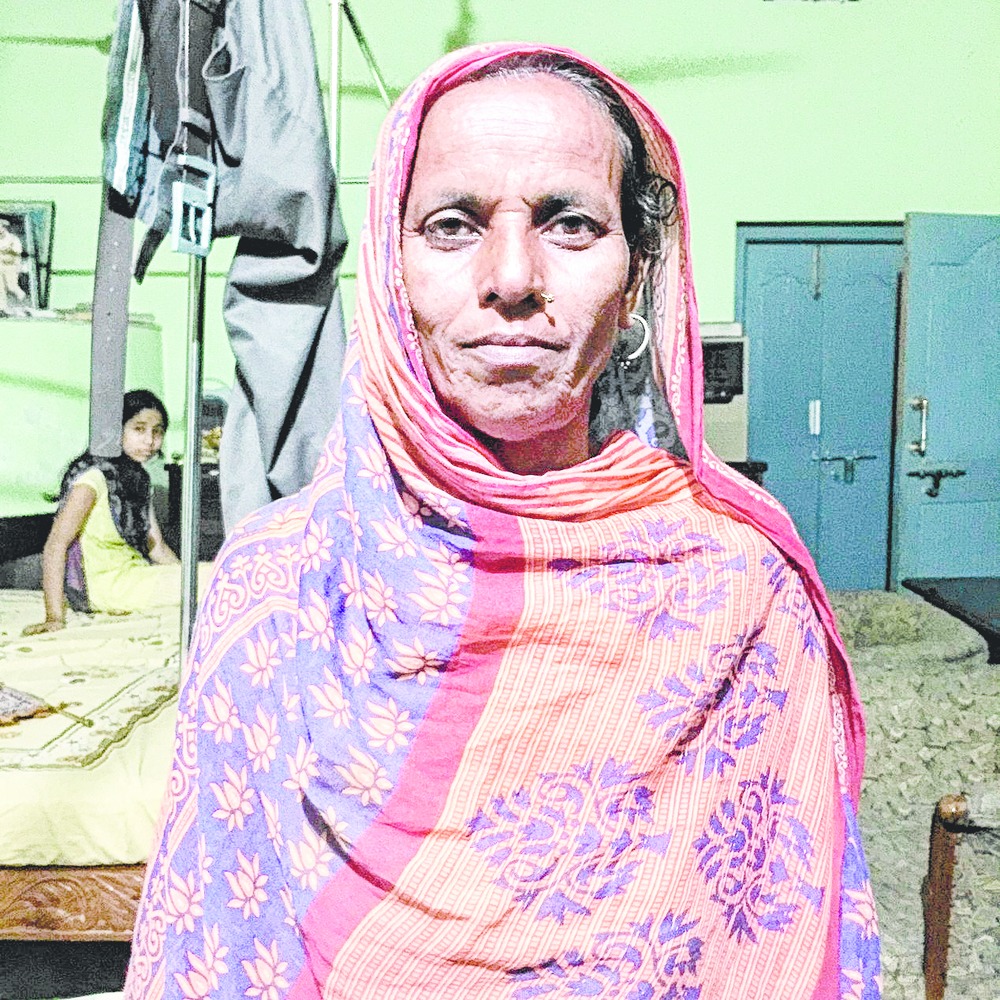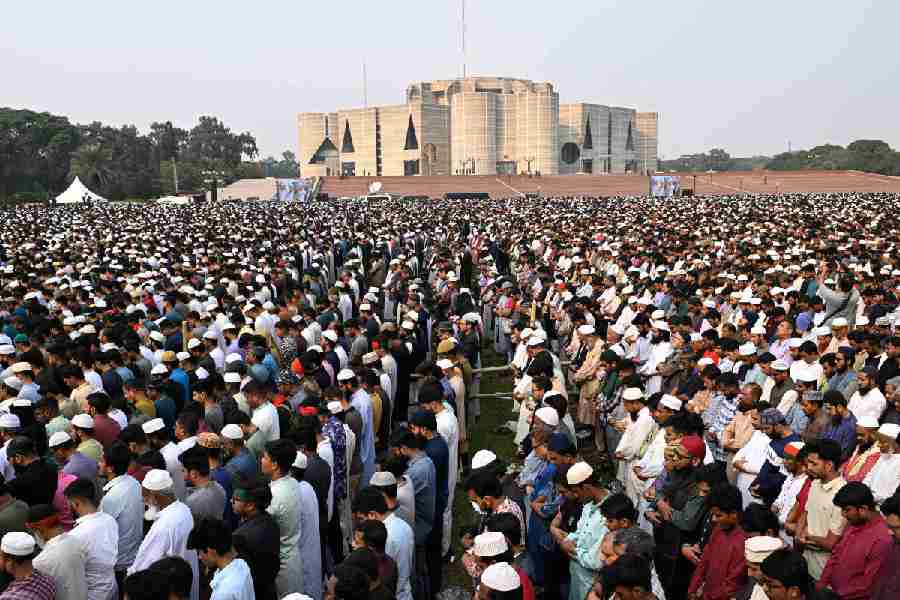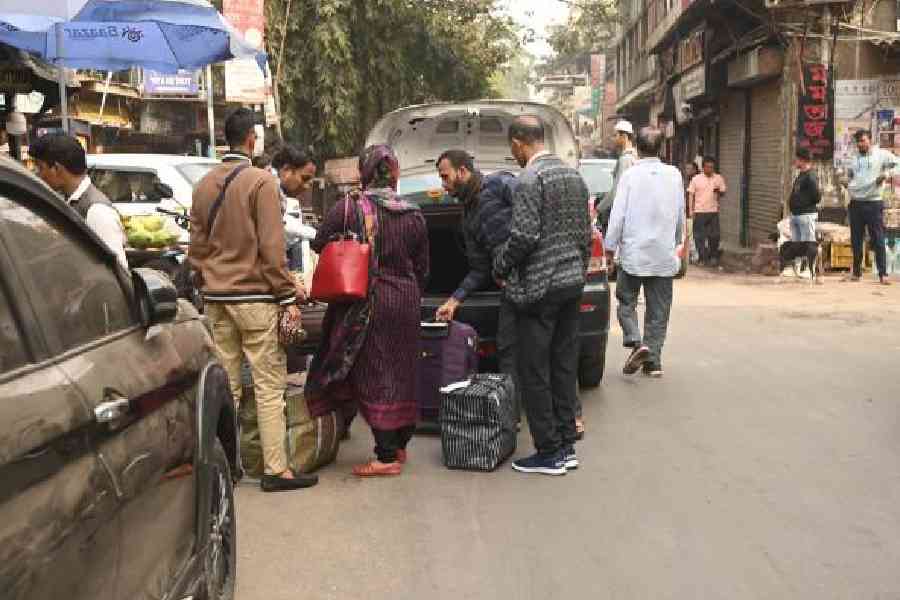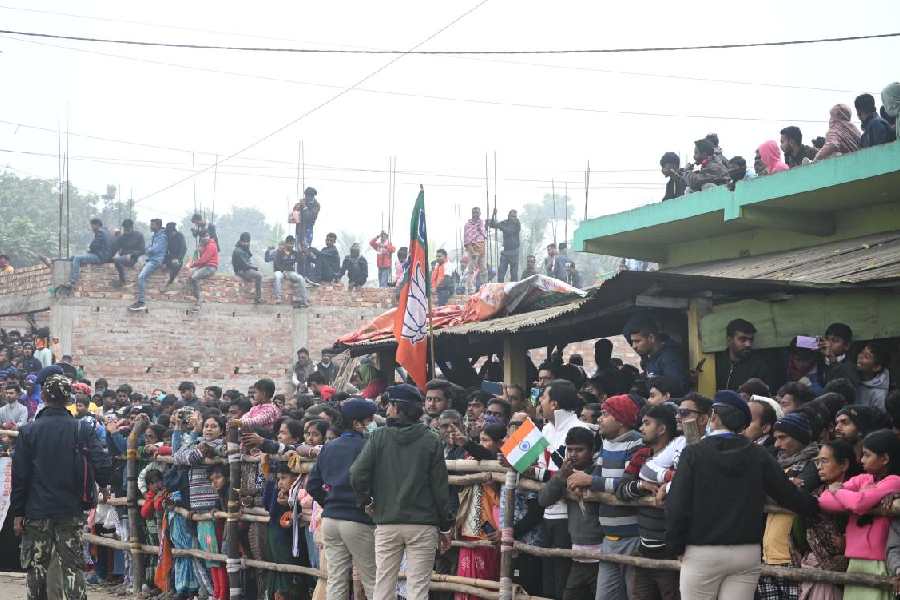
Yesterday I met a woman labelled as a dayan - a witch - in the village of Balbat in Araria. The village was so remote that people bought petrol in little rum bottles for the scooties and motorcycles that farmers now use. The pump was far away.
One of the most sensitive journalists of this area, Parvez Bhai from Prabhat Khabar, had told me about a witchcraft case there. Parvez bhai is known for reporting on socially relevant issues.
It was getting dark as we drove and the shadows of trees loomed over the road, fields, ponds and houses. It was full moon. I saw shapes and shadows everywhere. A bat flew across.
Kalam, a local young man, chatted with me along the way.
He explained that a dayan was a woman who could harm unborn babies with death, young children with disease, and homes with ill luck. She would look at a child and it would fall sick. She would imagine ill and a woman would abort. It was called the evil eye.
How did a woman become a dayan? She was initiated by another older dayan. The first rite of passage was that she had to sacrifice a pillar of her home i.e. an unborn son, or a husband.
This was familiar. A continent, oceans and ages apart, there were similar practices in Europe and the US.
Almost 9 million women who were burnt as witches between the 16th and 18th century in Europe were traditional healers, who taught women contraception and could perform abortions. In other words, they helped women to control their own reproduction. That is why they were accused of "eating" babies. Many were widows or single, sometimes living with other women.
The Malleus Maleficarum written by two Dominican monks in 1486 says, "among women, mid-wives - who often perform abortions - surpass others in wickedness. All witchery comes from carnal lust in women, which is insatiable".
Perhaps, it started when men discovered that women did not give birth on their own, but that paternity played a role. They wanted the ownership of children. This required restricting women's sexual freedom long enough to ensure identification of the child's father as well as making sure that women produced the maximum number of children they could own. A woman who aborted or could help other women abort was not welcome.
Patriarchy is universal and has a long lineage.
We reached just before iftar to the sound of the azaan. We were pointed to the home of Masoom Raza, a gentleman farmer. I was pleasantly surprised. He and his family had saved the woman labelled as the dayan from being killed. They had protected her against the men who had identified her as a witch, stripped her naked and were forcing her to dance in a ritualistic attempt to drive out the evil spirit from her.
"She is a daughter and daughter-in-law of this village," said Masoom Reza. "She was unfairly treated, humiliated on the whims and superstitions of people who call themselves ojhas (doctors of the black arts). We are all creatures of God.
"We were able to threaten these so-called ojhas with the Witchcraft Act. I wish there was an act against ojhas."
His niece, Yasmeen, is the village mukhiya. Another female cousin is the sarpanch. His brother, Ahsan Reza, is a DIG in Andhra Pradesh. This well-educated family of Muslim farmers is the face of new Bihar. They are against superstition and are willing to stand up for it.
Hujrat Khatoon, the woman labelled as a witch, arrived. Her withered, lined face were evidence of the pain and humiliation she had been through. She was in her fifties but looked seventy.
"I was stripped naked. I want through hell. I don't want to meet those villagers anymore. I am a sharecropper. I work for daily wages in the fields and get a little grain to eat. I am not invited to village festivals, but at least I am alive.
"I am not a mean woman. I am not evil. I have never wished evil on anyone. In fact I have always helped other women with my knowledge of local herbs. I am not a dayan. My nickname is Majhariya. That means an example."
Neighbouring states like Jharkhand, Odisha, Andhra and Madhya Pradesh top the list of witchcraft murders in India. Bihar is not on the list because of the change in its villages and a slow but sure closure of the culture of vigilantism that has re-emerged in other parts of the country.
The four states where witch-hunting is surging are also among the fastest developing in India. This suggests forces other than economic resentment or ancient superstition. In all cases as in Balbat, it is chiefly young men who take on the role of witch doctors, suggesting that they see it as a way to earn prestige or cleanse new social mores not to their liking.
While the majority of the victims of witch-hunting are women, the victims of the newly emerging vigilante culture are religious minorities, dissident activists and rationalists who challenge blind Hindu faith. Witness the murder of Narendra Dhabolkar in 2013 for challenging superstition as a member of the Rationalist Society, Dr Kalbergi, in 2015, a follower of socialist writer Dr U.R. Ananthmurthy, who had challenged idol worship in his Vachana Sahitya or of writer Govind Pansare in 2016, whose biography of Shivaji was not to the liking of right-wing Hindu groups.
♦ Ruchira Gupta is a feminist campaigner, writer, visiting professor at New York University, adviser to the UN, and founder of Indian anti-sex trafficking organisation Apne Aap Worldwide.
FOLLOW RUCHIRAGUPTA ON TWITTER @RUCHIRAGUPTA ON FACEBOOK.COM/RUCHIRAGUPTAJOURNALIST










